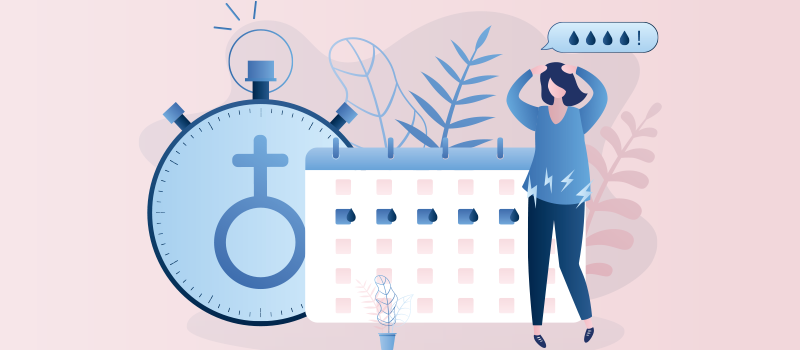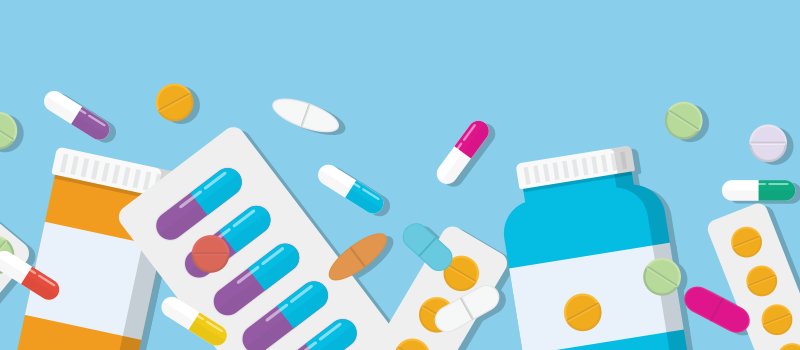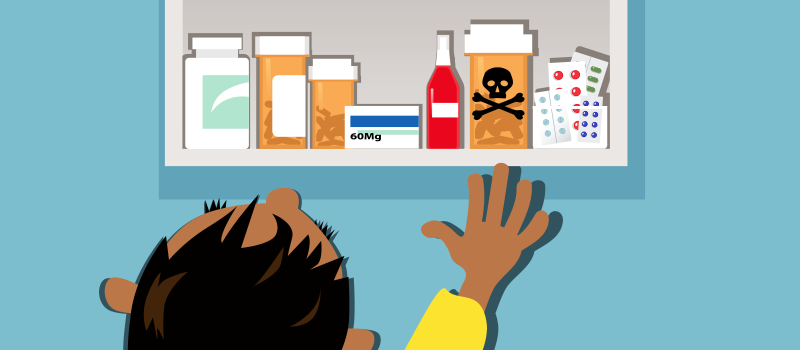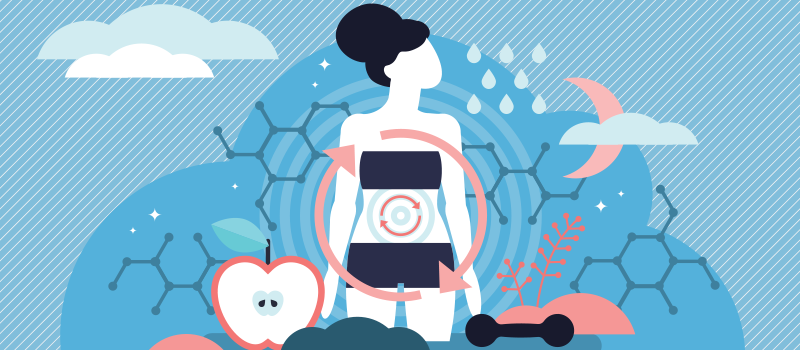What’s the Buzz
The Bee Healthy Blog
PMS or PMDD?

School children joke about it, young boys don’t understand it, men may seem afraid of it, but it’s the young girls and women of childbearing age who are most affected. Premenstrual syndrome (PMS) and premenstrual dysphoric disorder (PMDD) are cyclical ailments that can affect women who menstruate, and even some who don’t. PMS is far more common and less severe than PMDD, and it’s important to know the difference.
Normal PMS Symptoms
Premenstrual syndrome is quite common because the symptoms are caused from the regular changes that the menstrual cycle bring about in the body. PMS symptoms include:
- Bloating
- Breast tenderness
- Headaches
- Pains in muscle and joints
- Fatigue
- Difficulty sleeping
- Food cravings
- Mood swings
It’s when these symptoms become severe or are accompanied by serious mental or mood changes that PMS may be PMDD. In order to be diagnosed with PMDD, your physician will track your symptoms over a few months to determine when and how the symptoms are presenting. It’s important to track symptoms accurately so that PMDD isn’t misdiagnosed as another mental or mood disorder.
PMDD Symptoms
Symptoms of PMDD occur in the late luteal phase of the menstrual cycle, just like PMS, but they are severe enough to affect day-to-day life. The regular PMS symptoms are more severe in PMDD, and the disorder is particularly characterized by psychological symptoms such as:
- Depression
- Suicidal ideation or attempts
- Anxiety
- Irritability
- Tension and hypersensitivity
- Difficulty concentrating
- Lack of energy
- Extreme appetite changes
- Hypersomnia/Insomnia
- Sense of being overwhelmed or out of control
Risk Factors for PMDD
Only about 5% of women are diagnosed with PMDD compared with 85% of women who experience PMS. It is thought that certain risk factors predispose a woman to PMDD much like other mental or mood disorders. For instance, women with a history of stress or trauma may be more likely to experience PMDD during their lifetime. This risk is higher in women who do not use oral contraceptives to control menstrual symptoms and may be up to 50% more likely in women whose mother experienced PMDD.
Diagnosis and Treatment
Your physician must first confirm the presence of at least five symptoms over a prescribed period of time that cannot be attributed to PMS. Second, your physician will determine whether your symptoms are an exacerbation of another disorder or caused by substance use. Finally, your physician will determine if PMDD is affecting you along with other mental or mood disorders, or if your serious symptoms are only caused by PMDD. This will affect treatment.
Though a PMDD diagnosis is as serious and as scary as any other mental or mood disorder, it is treatable. Certain SSRIs can be prescribed to treat PMDD symptoms, often only required during the week prior to an expected cycle. Other options include birth control pills, oophorectomy, and psychotherapy. It’s up to you to work with your physician to determine the best course of treatment for you.
For more information about PMDD, ask your doctor or find resources here.











SOCIAL